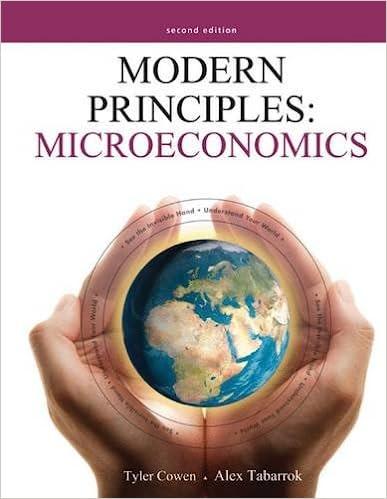1.5. In 2005, economist Thomas Schelling won the Nobel Prize in economics, in part for hi development...
Question:
1.5. In 2005, economist Thomas Schelling won the Nobel Prize in economics, in part for hi development of the concept of the "focal point" in game theory. Focal points are a way to olve a coordination game. If two people both benefit by choosing the same option but cannot communicate, they will choose the most obvious option, called the focal point. Of course, what's obvious will vary from culture to culture:
whether to wear business attire or just shorts and a t-shirt, whether to use Apple or Microsoft products, whether to arrive at meetings on time or late. In all these cases, having a group agree on one focal point is more important than which particular focal point you all agree on.
Therefore, people will look for cultural clues so that they can find the focal point. (Note:
Schelling wrote two highly readable books that won him the Nobel Prize: Micromotives and Macrobehavior and The Strategy of Conflict.)
a. Suppose you are playing a game in which you and another player have to choose one of three boxes. You can't communicate with the other player until the game is over. One box is blue and the other two are red. If the two of you choose the same box, you win $50, otherwise, you get nothing. Which box do you choose:
the blue box or one of the red boxes? Why?
b. Suppose that you and another player have to write down on a slip of paper any price in dollars and cents between $90.01 and
$109.83. Ifyou both write down the same price, you'll each win that amount of money.
If your numbers don't match, you get noth ing. Again, you can't communicate with the other player until the game is over. What number will both of you probably choose?
c. Many "slippery slope" arguments are really stories about focal points. In the United States during debates over banning guns or restricting speech, people will argue that any limitation follows a "slippery slope." What do they mean by that? (Hint: Attorneys of ten worry about "gray areas" and they prefer
"bright line tests.")
d. Schelling used the idea of the focal point to explain implicit agreements on the limits to war. Poison gas, for example, was not used in W odd War II and the agreement was largely implicit. Since focal points have to be obvious, explain why there was no implicit agreement that "some" poison gas would be allowed, but "a lot" of poison gas would not be allowed.
Step by Step Answer:

Modern Principles Microeconomics
ISBN: 9781429239998
2nd Edition
Authors: Tyler Cowen, Alex Tabarrok






